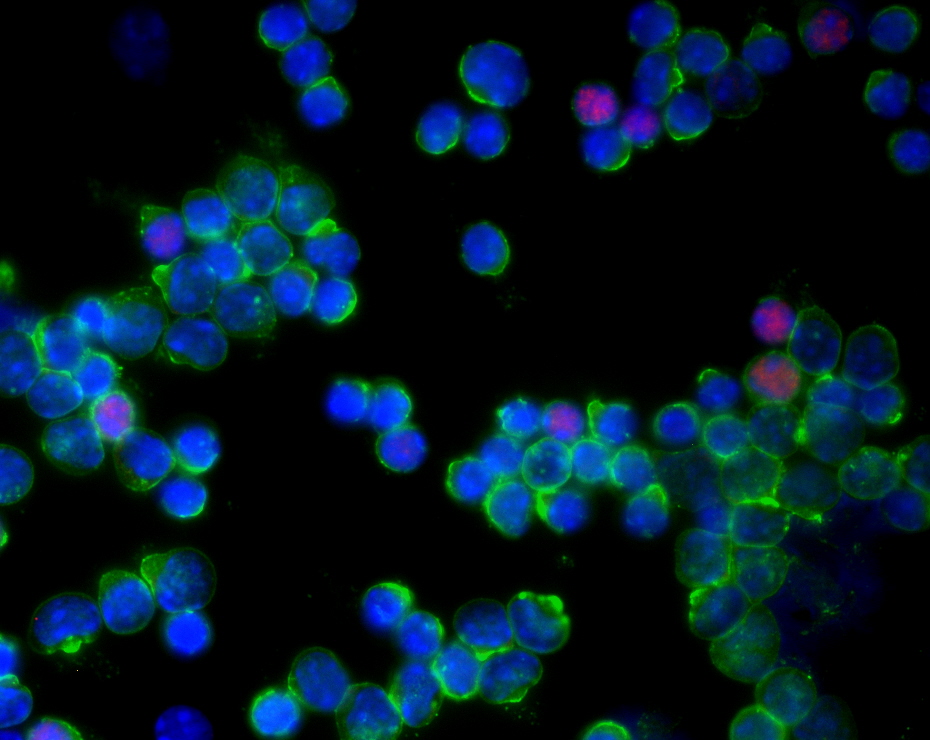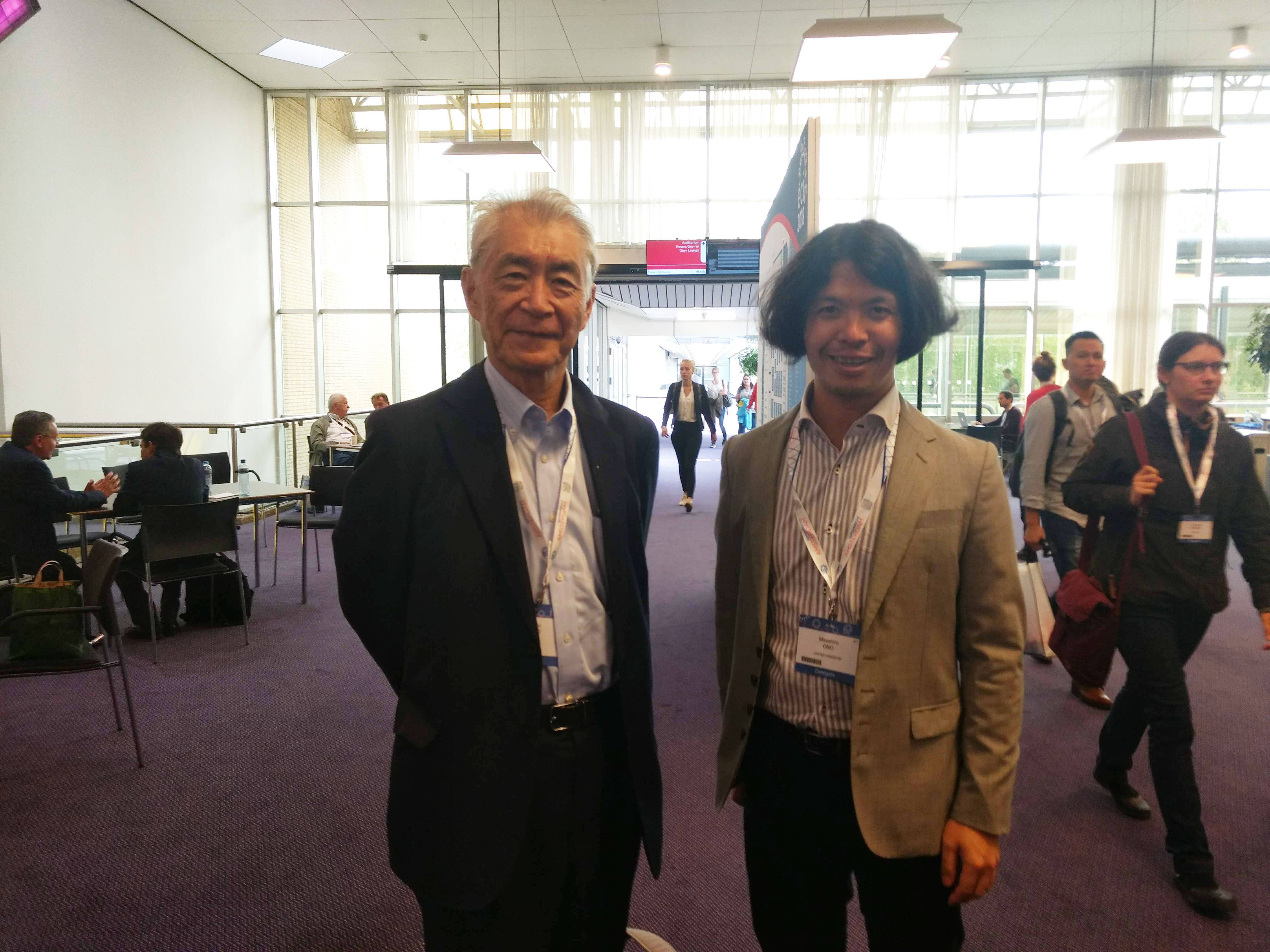The Unsung Roles of HTLV-1 in the Discovery of CD25 and Treg

The Leukaemia-Inducing Retrovirus
Human T-cell Leukemia Virus Type 1 (HTLV-1) affects certain regions worldwide, such as South Japan, the Caribbean, and parts of Africa. This virus, sharing infection routes similar to HIV, targets CD4+ T cells. Unlike HIV, HTLV-1 does not cause these cells to die off or diminish in number. Instead, in some individuals, it transforms these cells, leading to a rare and severe form of leukemia known as Adult T-cell leukemia/lymphoma (ATL). Others may develop a type of neuroinflammation known as HTLV-1-associated myelopathy/tropical spastic paraparesis (HAM/TSP).
Research into HTLV-1 and ATL has played a crucial role in the discovery of regulatory T cells (Tregs), although this contribution is currently underappreciated. In this article, I aim to detail some of the historical developments where HTLV-1 studies not only preceded but also facilitated the discovery of CD25, leading to the discovery of Treg.
Development of Anti-CD25 Antibody Using Cells From HTLV-1-Induced Leukemia
One groundbreaking finding from ATL research was the cloning of the IL-2 receptor alpha chain gene, known as CD25. This discovery stemmed from the inability to culture ATL cells without high doses of IL-2, strongly suggesting these cells had high IL-2 receptor expression.
Indeed, using ATL cells, researchers hypothesized this and created a specific monoclonal antibody, namely the anti-Tac antibody, which was produced by Dr Takashi Uchiyama. The clone name of the antibody was from Dr Uchiyama’s first name, Takashi.
The obituary article by Prof Kiyoshi Takatsuki, the discoverer of the ATL disease, details Dr Uchiyama’s work life and his dedication for ATL and administration in Kyoto University.
In 1984, with Dr Uchiyama, the Nobel Laureate Prof Tasuku Honjo led the study to clone the previously unknown IL-2 receptor gene, which led to the successful cloning of the CD25 (Il2ra) gene (Nikaido et al, 1984).

Cloning of CD25, IL2RA (IL-2 Receptor Alpha Chain)
Using the anti-Tac antibody and the cloned CD25 sequence, researchers revealed that any T cells express CD25 when activated; most ATL cells show constant high expression.
This led to the creation of CD25 knockout mice. Researchers anticipated that the knockout mice would show severe immunosuppression as CD25 could not be used and T-cells would not be properly activated.
However, surprisingly, the CD25 knockout mice developed autoimmune inflammation, rather than immunosuppression. This strongly suggests CD25’s role in immune regulation, rather than in the induction of T cell response.
The Discovery of CD25+ Tregs in the 90s: Lost Opportunities in Research Development
The discovery of CD25 and the knockout phenotype spurred further investigations into CD25+ CD4+ T cells throughout the 90s. Key developments during this period laid the foundations of Treg research, determining the direction of subsequent studies.
However, these studies in the 90s characterized Tregs as a ‘unique’ population of T-cells that physiologically develop during neonatal periods and failed to fully appreciate an important aspect of T-cell biology: cellular and molecular dynamics. This oversight was not due to technological limitations of the time but rather to specific unfortunate historical developments. These issues continue to impact the current research landscape. I will explore these critical issues in detail in the context of the discovery of CD25+ Tregs in my next article.
Further Reading
For those interested in delving deeper into the link between CD25 and HTLV-1, please read our recent publication (Ono & Satou, 2024).
Some of My Own Memories For HTLV-1 and the Anti-Tac Antibody
I had a fortunate medical education with more than half of the virology lectures dedicated to HTLV-1 and ATL; molecular biology lectures were mostly delivered by Prof Honjo.

Further, I was trained in dermatology in Kyoto University under the strong influence of Prof Uchiyama’s discoveries and achievements: the detection of elevated levels of soluble CD25 by anti-Tac antibody can help in the diagnosis and monitoring of ATL patients.
References
2024
- Spectrum of Treg and self-reactive T cells: single cell perspectives from old friend HTLV-1Discovery Immunology, May 2024
Enjoy Reading This Article?
Here are some more articles you might like to read next: